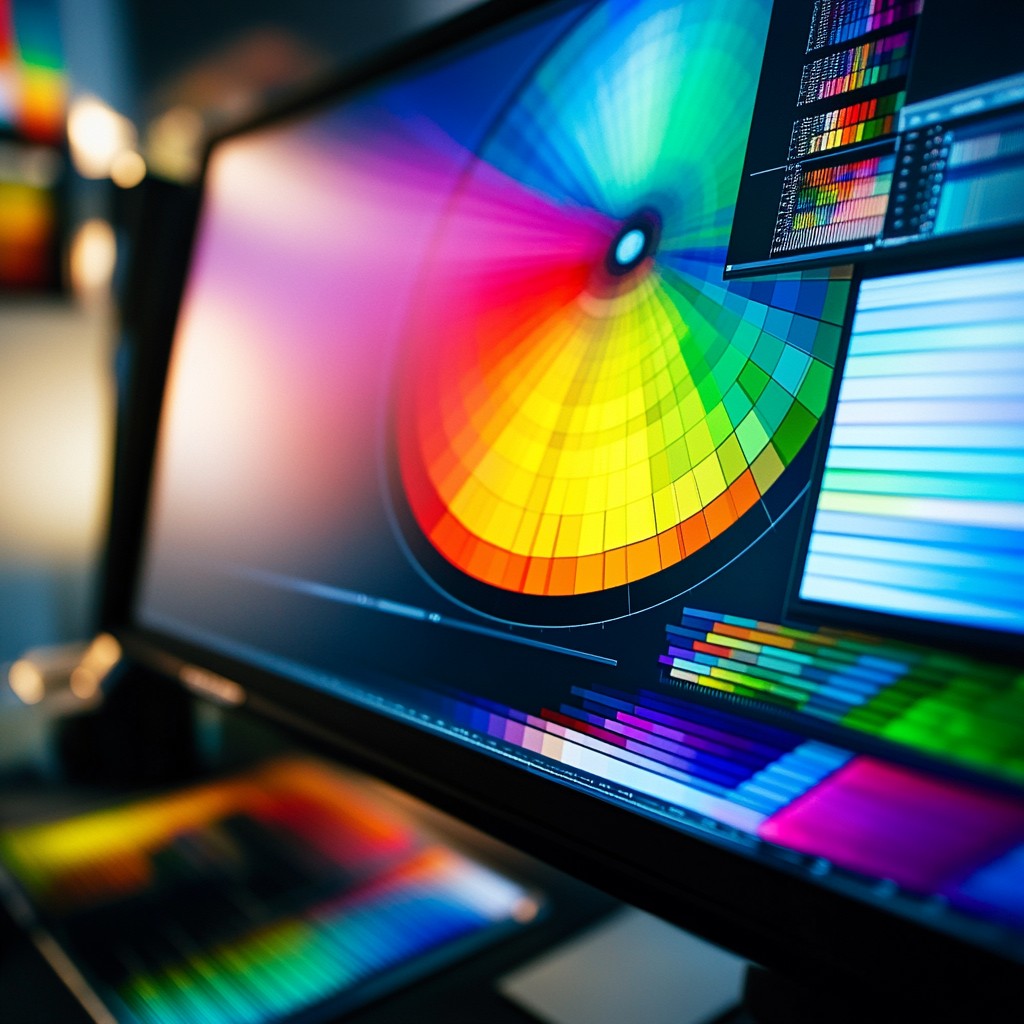Understanding Graphic Design: More Than Just Visuals
Graphic design is the art and practice of creating visual content to communicate messages. It’s a field that blends creativity, technology, and communication to craft everything from company logos and marketing materials to digital interfaces and social media content. It’s not just about making things look good; Graphic design serves a purpose in conveying meaning, evoking emotions, and telling a story.

The Core Elements of Graphic Design
Graphic design uses various visual elements, such as typography, color, shapes, images, and layouts. Each of these components plays a unique role:
- Typography: The choice of fonts, spacing, and alignment influences the readability and tone of the message.
- Color: Colors evoke emotions and create visual harmony. Designers often use color theory to choose palettes that align with a brand’s identity or mood.
- Imagery: Photos, illustrations, and icons add visual interest and can help narrate a concept or idea.
- Layout and Composition: The arrangement of text and images in a space affects how a viewer navigates the design and absorbs information.
What Does a Graphic Designer do?
Graphic designers are visual problem solvers. They take a concept or idea and transform it into a visually appealing design that communicates with the target audience. This process often involves collaborating with clients, understanding their needs, and applying design principles to achieve a balance between aesthetics and functionality.
A graphic designer’s toolkit includes software like Adobe Illustrator, Photoshop, and InDesign. Creativity and an understanding of design fundamentals are the key drivers behind successful designs.